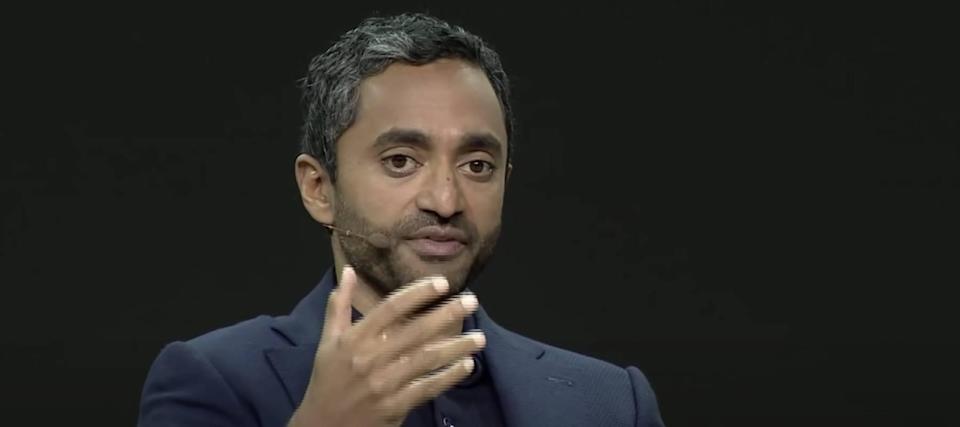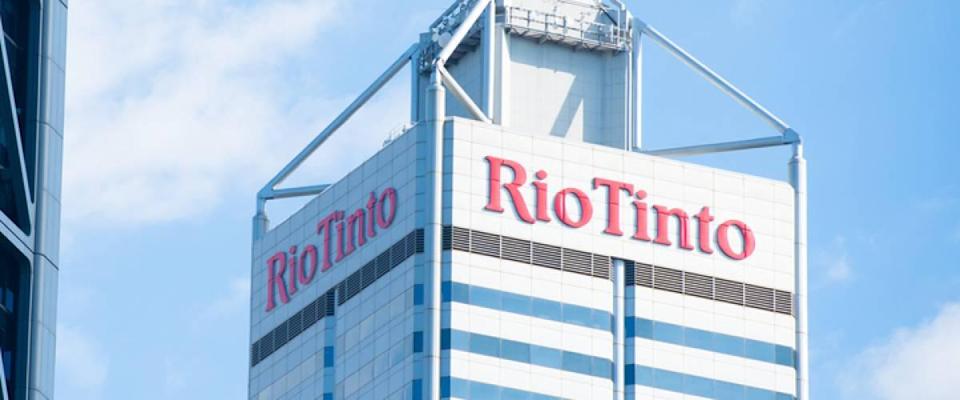
Tech stocks have led the charge in the market rally over the past few years. But that doesn’t mean they’re immune to the threat of inflation.
Just ask billionaire investor Chamath Palihapitiya.
The venture capital investor — often referred to as the “SPAC King” because of his big bets on “blank-check” acquisition companies — has long been a fan of the tech sector. However, on the All-In Podcast last month, he warned that tech companies could “get really pummeled when rates go up.”
He argues that investors are okay with tech stocks in a low-rate environment because these companies can reinvest the money at much better rates.
But with high inflation and rising interest rates, investors tend to demand more money upfront because the future becomes more uncertain.
The good news? Palihapitiya suggested three assets that could help investors hedge against inflation — one of them might be worth following with your leftover pennies.
Hypergrowth companies

Palihapitiya’s first recommendation to combat higher prices is a simple one: Invest in companies that can outrun inflation. He calls them hypergrowth businesses.
“Think of that as companies that are growing 50%+ per year,” Palihapitiya said.
Which businesses fit this description?
Palihapitiya highlighted three companies that he helped go public through SPACs: personal finance technologist SoFi Technologies, real estate transaction platform Opendoor Technologies, and next-gen Medicare Advantage insurer Clover Health Investments. While these companies are growing rapidly, their shares are all particularly volatile. But you don’t have to go all-in.
These days, you can build your own hypergrowth portfolio just by using your own digital nickels and dimes.
Cash flow producers

Palihapitiya also likes assets that produce boatloads of cash flow.
“You’ll want the thing that was generating a ton of cash because in a rising rate environment that has very positive attributes that work in your favor,” he said.
Palihapitiya mentioned miners as healthy producers of cash. He didn’t give specific examples, but sticking with the largest miners might be a good idea.
For fiscal year 2021, Australian giant BHP Group generated $27.2 billion in operating cash flow. Free cash flow came in at a record $19.4 billion.
Then there’s Rio Tinto, which brought in $10.2 billion in free cash flow over the first six months of 2021, marking a 262% year-over-year increase.
Both BHP and Rio Tinto shares are down about 20% year to date, which could be an opportunity for investors looking for value.
Of course, if you’re on the fence about jumping into this volatile sector, some apps might give you a free share of a mining stock just for signing up.
Non-correlated assets

Palihapitiya also suggests owning assets that don’t move in tandem with the stock market.
“I want to own non-correlated assets,” Palihapitiya told CNBC.
In that context, Palihapitiya likes cryptocurrencies such as Bitcoin and blockchains like Solana as they can act as a “great counterintuitive hedge.”
Investing in crypto is also easier than before. Last month, ProShares Bitcoin Strategy ETF made its debut in the U.S. The ETF holds bitcoin futures contracts that trade on the Chicago Mercantile Exchange.
There are also companies that have tied themselves to Bitcoin.
Tesla, for instance, owned close to 42,000 bitcoins according to Elon Musk’s Twitter account. Meanwhile, enterprise software technologist MicroStrategy had a stash of 114,042 bitcoins at the end of Q3.
Of course, you can also buy crypto directly.
These days, many exchanges charge up to 4% in commission fees just to buy and sell crypto. But some investing apps charge 0%.
And there’s no need to buy a whole coin. You can start with as little as $1.
A ‘finer’ fourth way

While hypergrowth companies, mining stocks, and crypto-related investments can help investors hedge against inflation, they are also very volatile.
If you want to invest in something that has little correlation with the ups and downs of major markets, you might want to consider an overlooked asset — fine art.
Contemporary artwork has already outperformed the S&P 500 by a commanding 174% over the past 25 years, according to the Citi Global Art Market chart.
Investing in fine art by the likes of Banksy and Andy Warhol used to be an option only for the ultra-rich like Palihapitiya.
But with a new investing platform, you can invest in iconic artworks too, just like Jeff Bezos and Peggy Guggenheim.
This article provides information only and should not be construed as advice. It is provided without warranty of any kind.
Source: finance.yahoo.com
